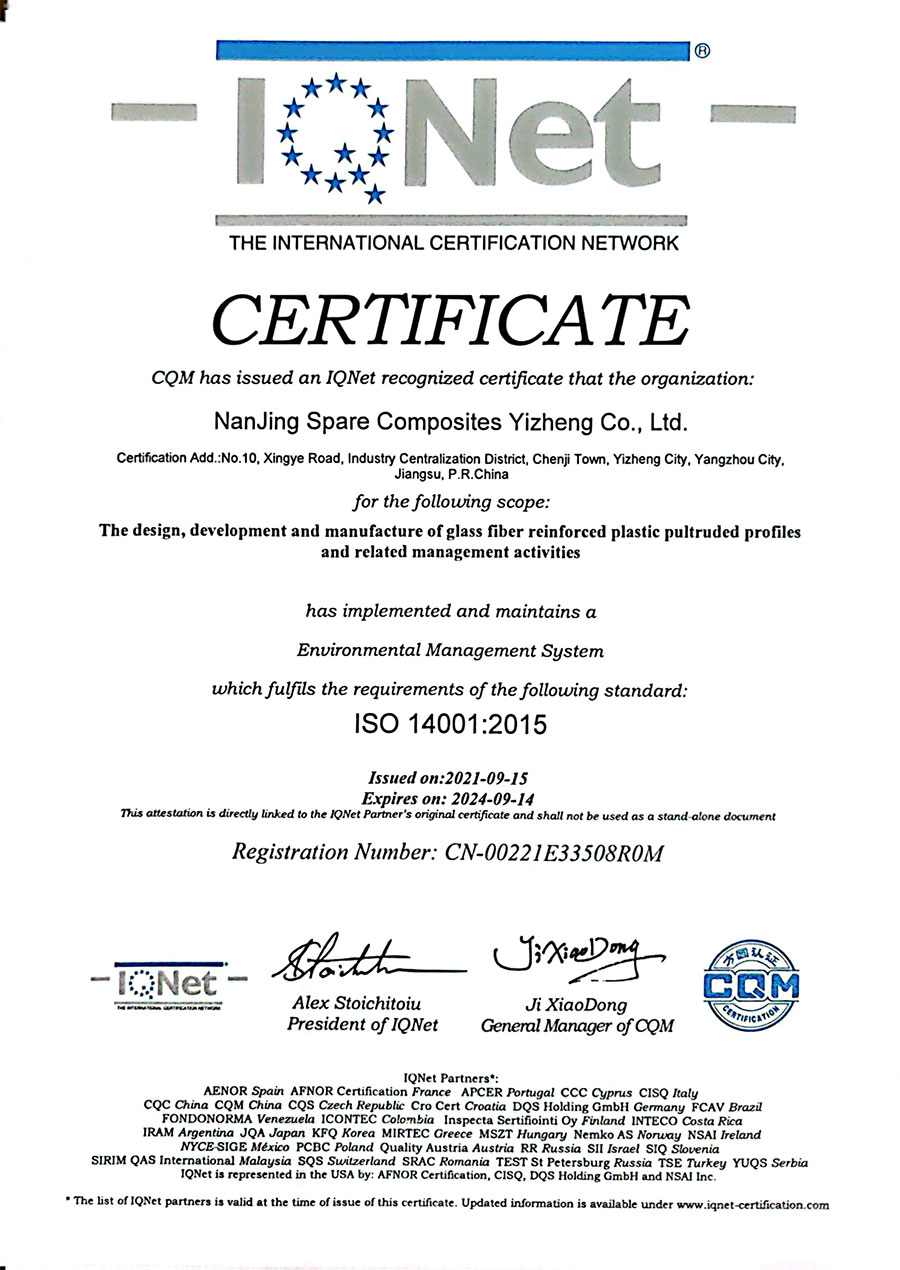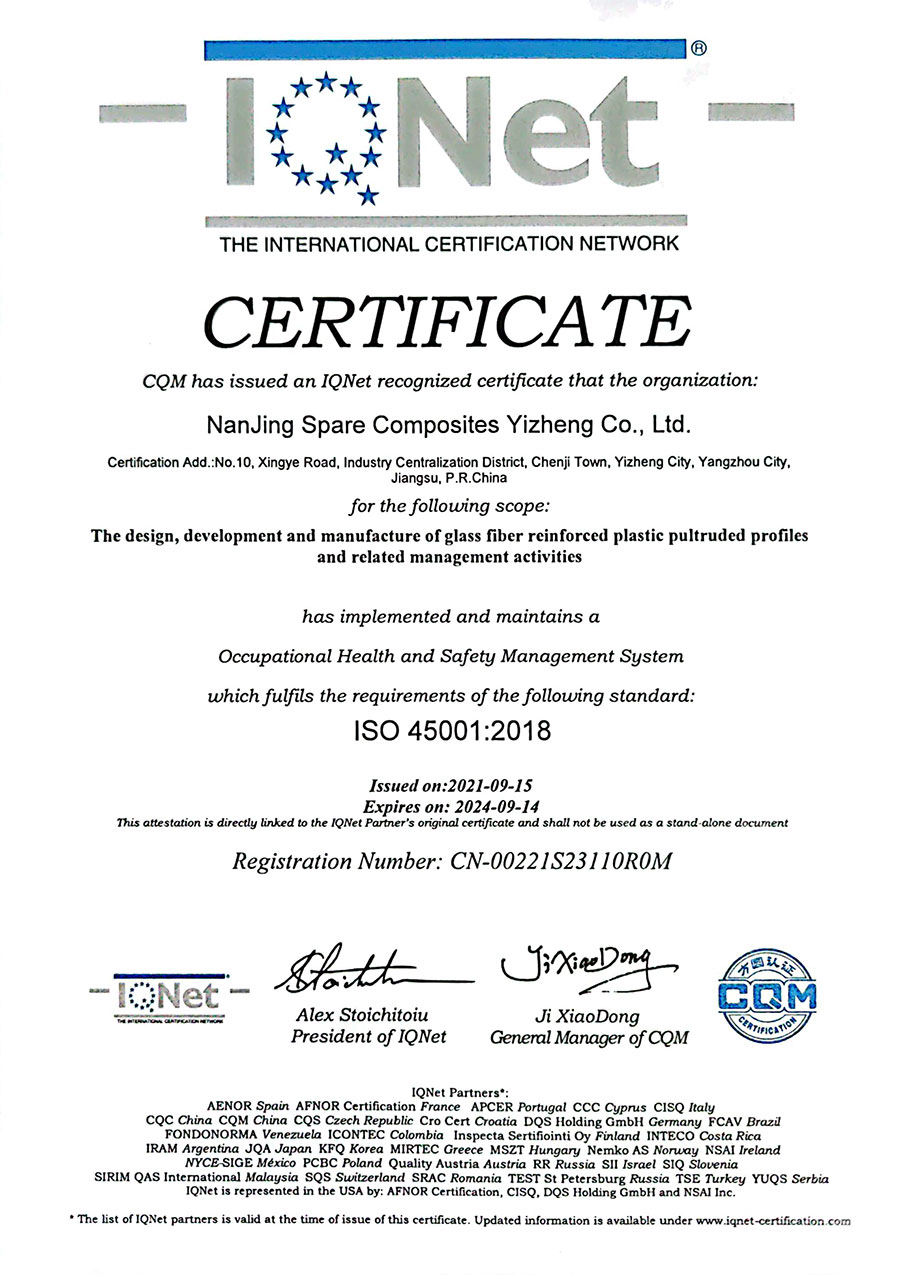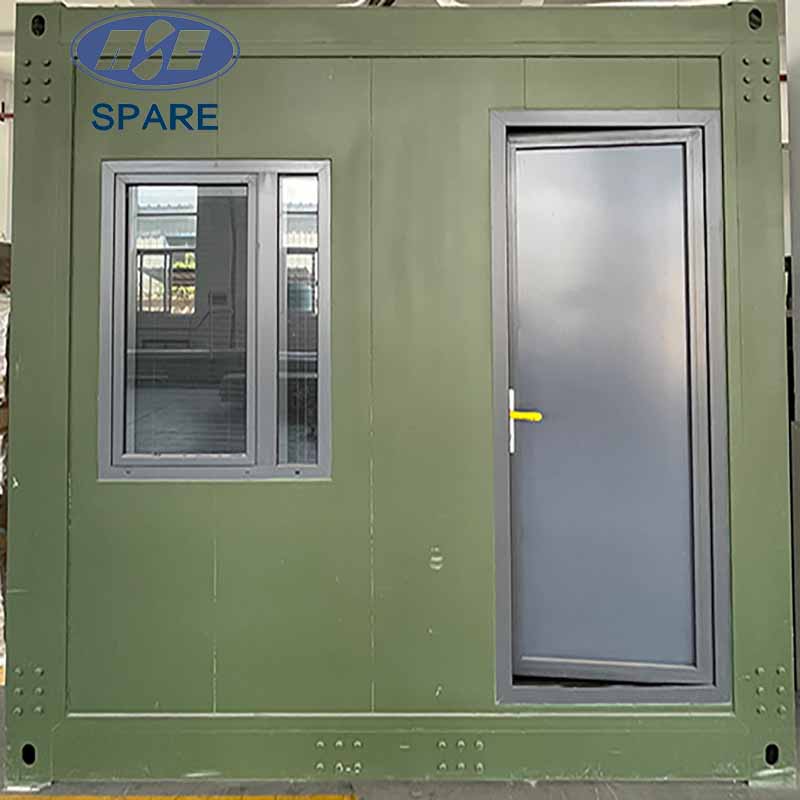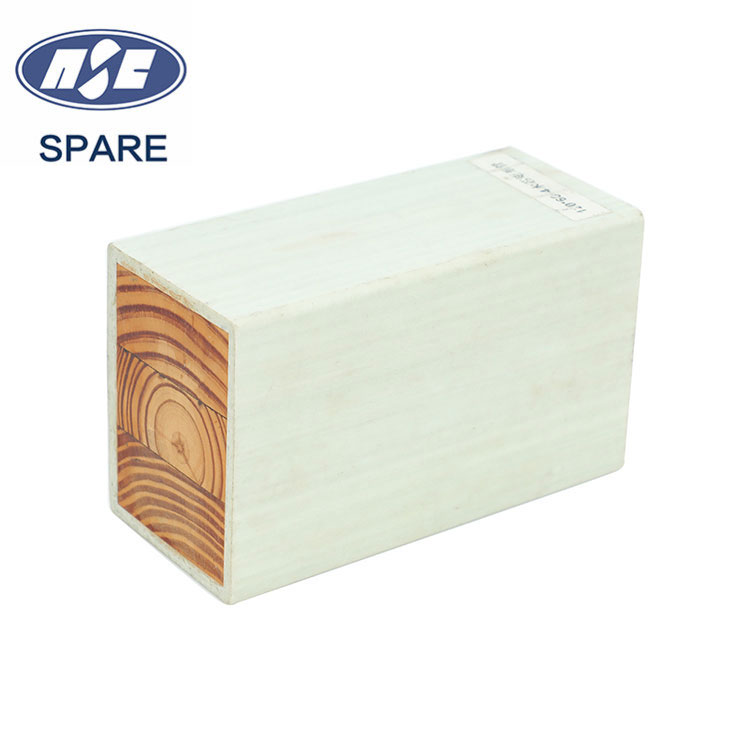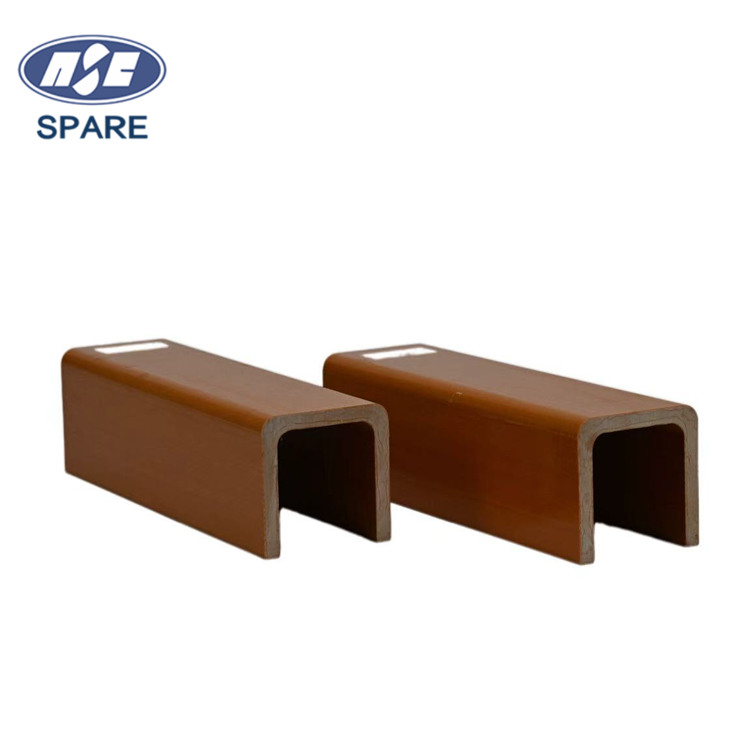- Custom Pultrusion Shapes
- FRP Standard Profile
- Vehicle Composite Profiles
- FRP Bridge Components
- FRP Ladder Rail Profiles
- FRP Tool Handles
- FRP Epoxy Pultruded Profiles
- Fiber-Reinforced Connectors
- FRP Covers
- Composite Cooling Tower
- FRP Decking Solutions
- FRP Grating
- Fiberglass Handrail and Fencing
- Fiberglass Windows and Doors Profiles
- Structural Reinforcements and Profiles
- Composite Frames for Solar Panels
- FRP Cable Tray
GFRP Electrical Crossarm
GFRP power crossarms are made of glass fibre reinforced plastic, which is lightweight, insulated, corrosion resistant, long-lasting, low carbon, and low maintenance, making it suitable for high-voltage and special environment power transmission lines. This product supports customisation to meet your different needs in terms of colour, shape, length, width, etc.
Send Inquiry
GFRP power crossarms are support structures used in power transmission lines, made from glass fibre reinforced plastic (GFRP).
● Material Properties: Combining the corrosion resistance of the polymer matrix with the high strength of the glass fibre reinforcement, it forms a lightweight, high-strength, insulating composite system. Its density is only one-fifth that of steel, yet its tensile strength can exceed 500 MPa, and it possesses excellent electrical insulation properties.
● Product Advantages: It exhibits excellent corrosion resistance, showing high inertness to acids, alkalis, salt fog, and humid environments. In harsh environments such as coastal areas and industrial pollution zones, its service life can exceed 30 years, significantly longer than the 15–20 years of galvanised steel crossarms. This results in a 40–60% reduction in lifecycle maintenance costs. Additionally, carbon emissions during production are reduced by 50% compared to metal crossarms, and no polluting processes such as galvanisation are required, aligning with the grid's low-carbon transformation requirements.
● Structural forms: Typically manufactured using the pultrusion process, they come in various structural forms, such as square bar, triangular, T-shaped, L-shaped, and square tube, to meet the installation requirements of different power lines.
● Application scenarios: Widely used in high-voltage and ultra-high-voltage transmission lines, as well as in special environmental conditions such as mountainous areas, marshes, and coastal regions. They effectively reduce the frequency of faults such as lightning breakdown and pollution-induced flashover, thereby enhancing the safety and stability of transmission lines.
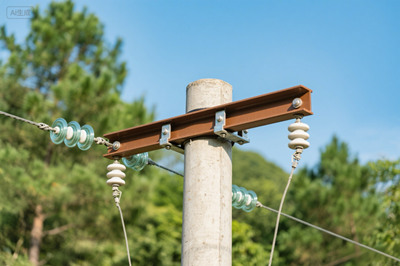
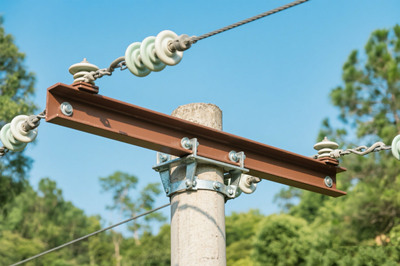

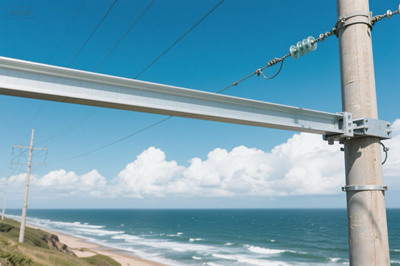
Understanding the FRP Pultrusion Process
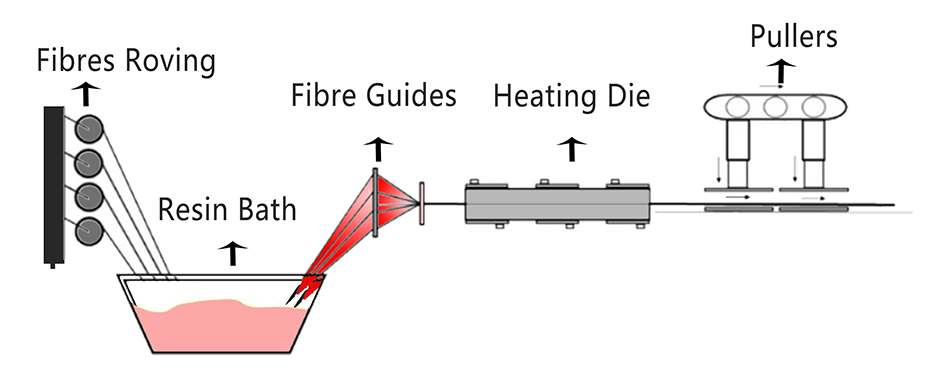
We are manufactures, engineers, designers and fabricators.
Benefits of FRP

Framework stability

Superior corrosion resistance

lightweight

Easy to install

High Strength

customisable

Durability

Non-Conductive

Non-Magnetic

Thermal Stability

Low Maintenance Costs

Low Thermal Conductivity
Qualification Certificate

